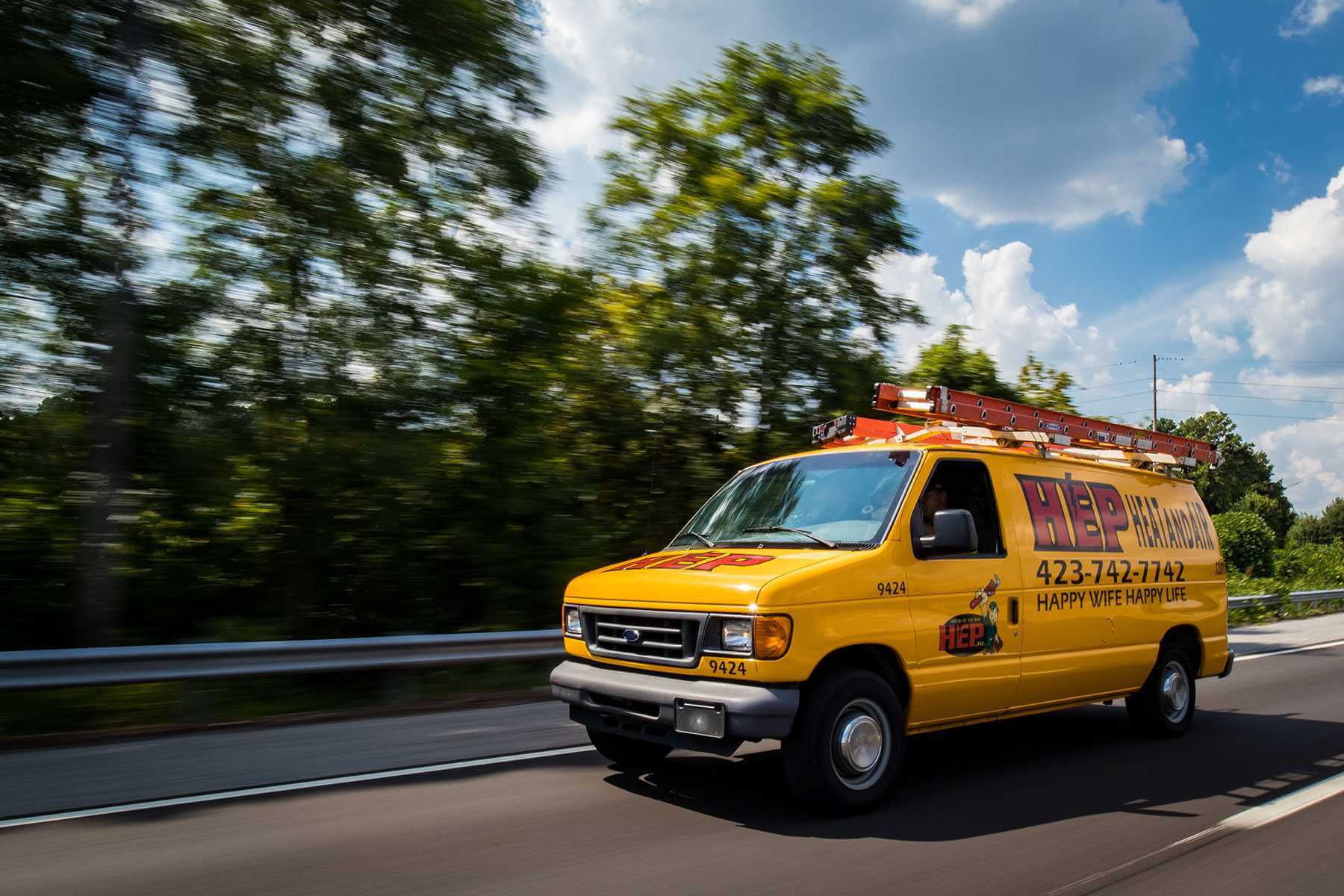

Tree-root Intrusions
Your trusted partner for professional home services. Quality workmanship, guaranteed satisfaction.




- HEP Plumbing
- Tree-root Intrusions
Tree-root Intrusions | Main Line Issues | Plumbing | Jacksboro
When thirsty tree roots snake into your sewer, they don’t just clog pipes—they threaten the heartbeat of your home’s plumbing. HEP’s local Jacksboro team uses cutting-edge cameras and hydro-jetting to spot, slice, and clear those woody invaders before they crack cast iron or PVC. From the first gurgle in a floor drain to the unmistakable swampy smell near a clean-out, we’re on call to restore flow fast and keep your yard from turning into an excavation zone.
Whether you’re battling slow drains, back-ups, or full-blown main line issues, our licensed technicians arrive equipped to solve the problem the same day. We back every root removal with a rock-solid warranty and honest, up-front pricing, so you can enjoy peace of mind—and water that runs exactly where it should.
FAQs
What are the most common signs of tree-root intrusion in a main sewer line in Jacksboro?
Typical warning signs include frequent toilet or tub backups, slow-draining fixtures throughout the house, gurgling sounds when you run water, foul odors near drains or outside clean-outs, and patches of unusually lush grass along the sewer path. Because Jacksboro’s clay soils hold moisture, roots are especially attracted to even tiny cracks or joints in the pipe where they can find water and nutrients.
Why do tree roots target my sewer line in the first place?
Sewer lines provide the three things roots seek most—water, oxygen, and nutrients. Any small defect in the pipe (loose joint, slight crack, or aging gasket) releases moisture into the surrounding soil. In Jacksboro’s hot summers, that moisture becomes a magnet for thirsty tree roots, which then force their way into the opening and expand, eventually creating a dense root ball that obstructs the pipe.
How is a root-blocked main line diagnosed and confirmed?
We start with a full-house drain test to verify the blockage is in the main line. Next we perform a video camera inspection through an outside clean-out or pulled toilet. The waterproof camera shows live footage of root masses, pipe material, offsets, or breaks, allowing us to mark the exact location and depth on the surface. In some cases we follow up with hydrostatic testing to check for additional leaks along the line.
What repair options are available if roots have invaded my sewer line?
1. Mechanical root cutting: A powered auger equipped with razor-sharp blades is used to cut and clear roots. 2. Hydro-jetting: A high-pressure water jet (up to 4,000 psi) scours the interior walls, flushing root debris downstream. 3. Chemical root inhibition: A foaming herbicide coats the pipe to kill remaining root fibers without harming the tree above. 4. Spot repair or full replacement: If the pipe is cracked, collapsed, or made of outdated Orangeburg or clay, we excavate the damaged section or install a trenchless cured-in-place liner. Our technicians will recommend the most cost-effective solution based on pipe condition and length of intrusion.
Can trenchless technology be used in Jacksboro to fix root-damaged sewer lines?
Yes. Trenchless cured-in-place pipe lining (CIPP) and pipe bursting are both viable in Jacksboro’s soil profile. CIPP involves inserting an epoxy-saturated liner that hardens into a seamless, joint-free pipe inside the old host line. Pipe bursting simultaneously fractures the existing line and pulls in a new HDPE pipe. Both methods avoid large-scale digging, protect landscaping, and are usually completed in one day, but they do require an initial camera inspection to ensure the pipe is structurally sound enough for lining or bursting.
How can I prevent future tree-root intrusions in my plumbing system?
• Schedule annual sewer camera inspections and preventive hydro-jetting to remove small root hairs before they grow. • Replace susceptible clay or Orangeburg pipe with modern PVC or HDPE, which have fused joints that are root-resistant. • Plant large trees at least 10–15 feet away from the sewer path and choose slow-growing, less aggressive species. • Install a root barrier between trees and the sewer line to redirect roots downward. • Use a foaming root inhibitor every six to twelve months, especially during Jacksboro’s dry periods when roots aggressively search for water.